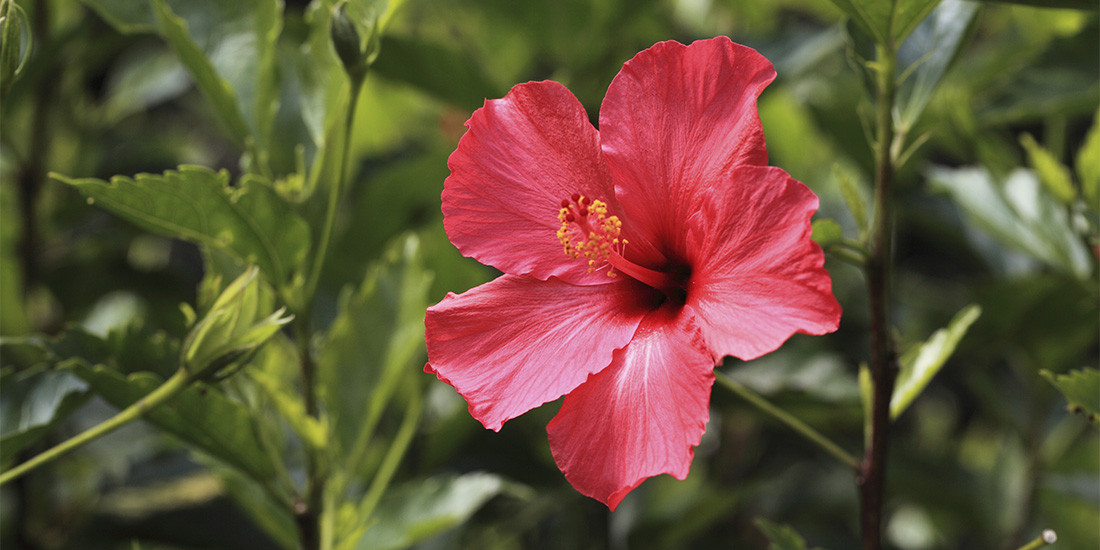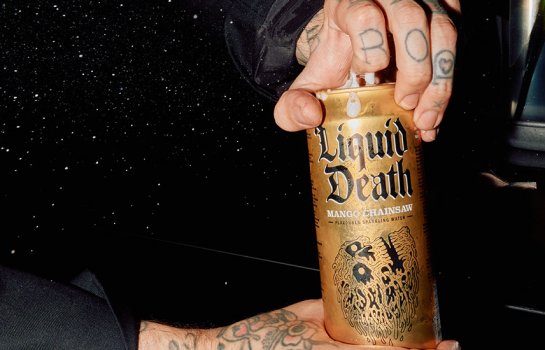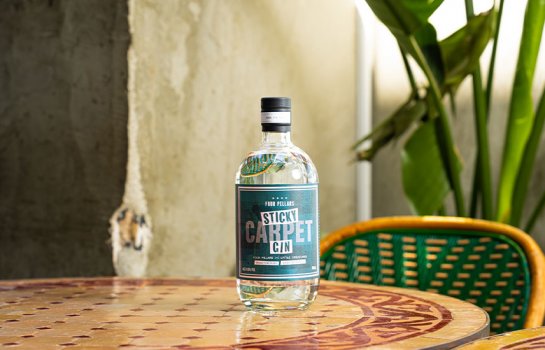
The Grocer: Hibiscus
The hibiscus is an innocuous flower that packs a huge punch. Not only is it pretty to look at, the hibiscus flower has many culinary uses as well as some handy medicinal benefits.
There are many people out there that already swear by hibiscus, but there are many more that are yet to be brought up to speed on why hibiscus flowers are so popular. For the uninitiated, the hibiscus plant is known to sprout flowers that vary in colour and can range from white to pink, red, orange, purple or yellow. The red variety of hibiscus is commonly used in culinary and traditional medical practices. Hibiscus plants have been used as a medicine in many cultures and recent studies have proven their efficacy as a diuretic. The hibiscus flower contains plenty of Vitamin C, reports indicate that regular consumption of hibiscus tea can help to lower blood pressure.
Culinary uses for hibiscus vary in different cultures. In China, leaves of the hibiscus plant are cooked and eaten in a similar way to spinach, while the petals are baked into cakes. In Mexico, dried hibiscus petals are a delicacy that is often used as a garnish. The most common way hibiscus is consumed is in tea, where the crimson or magenta coloured petals are covered in boiling water and mixed with sugar to make it sweeter.
If you would like to try your hand at incorporating hibiscus flowers into your cooking, you can start simple and work your way up in complexity. Try your hand at a few hibiscus tea recipes and then move on to sweet treats and desserts. When you are ready to get a bit more creative, incorporate hibiscus into some savoury dishes such as tacos and enchiladas, or even try and whip up some hibiscus infused lemonade or cocktails. Colour, aroma and flavour – not a bad combo for a simple flower.
The Stumble Guide is our comprehensive Gold Coast dining guide with more than 870 places to eat, drink, shop and play.




